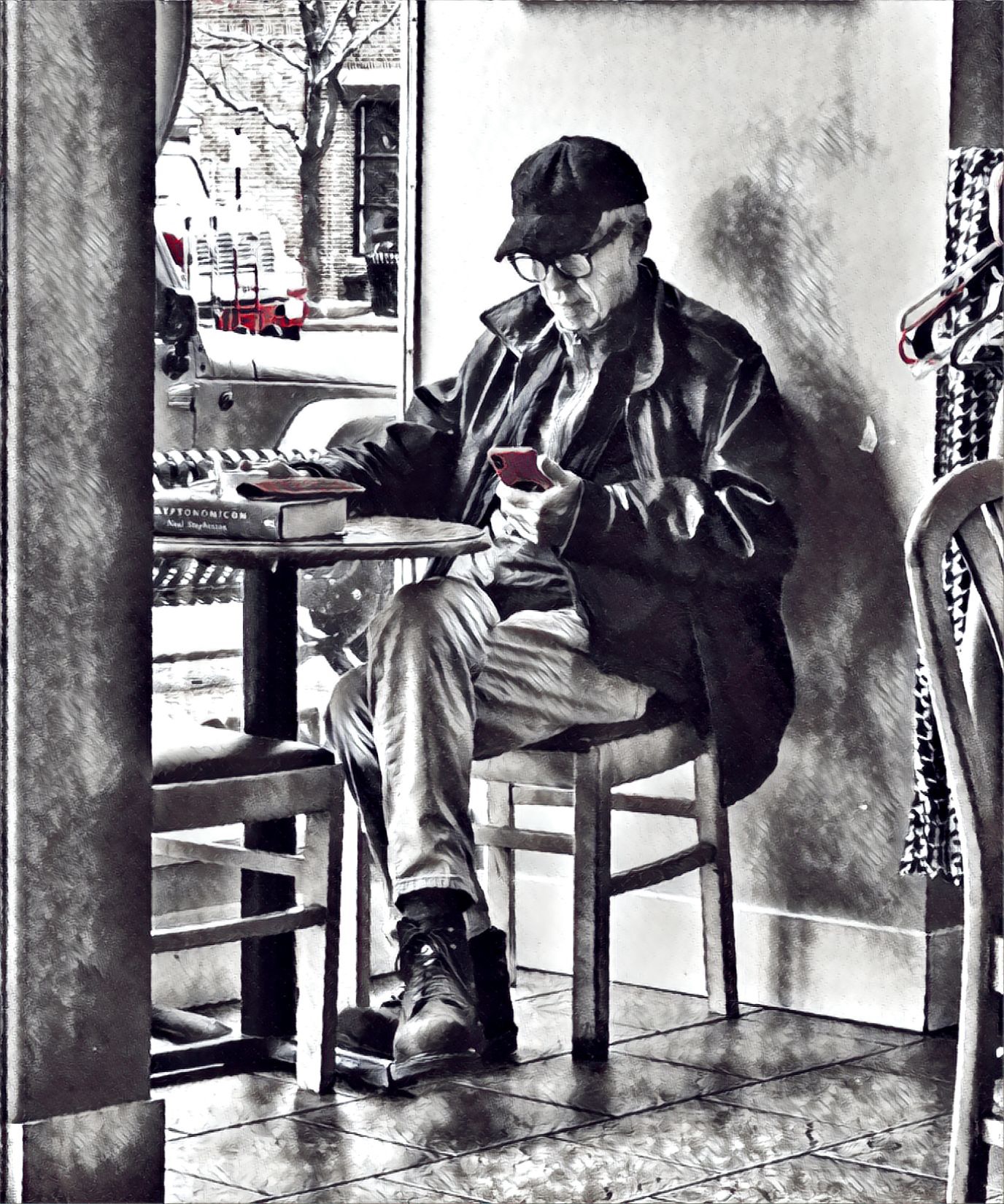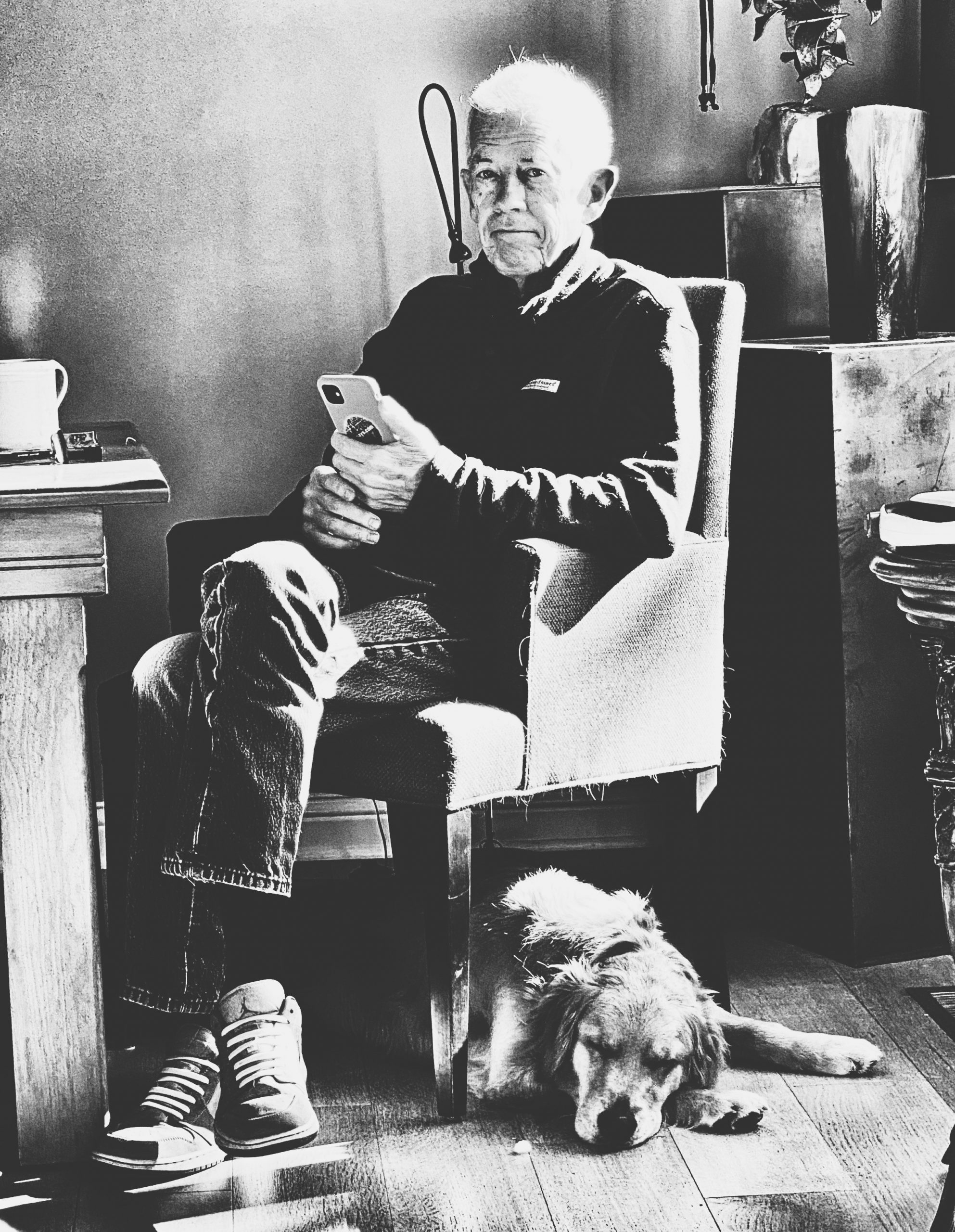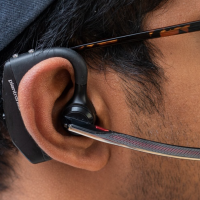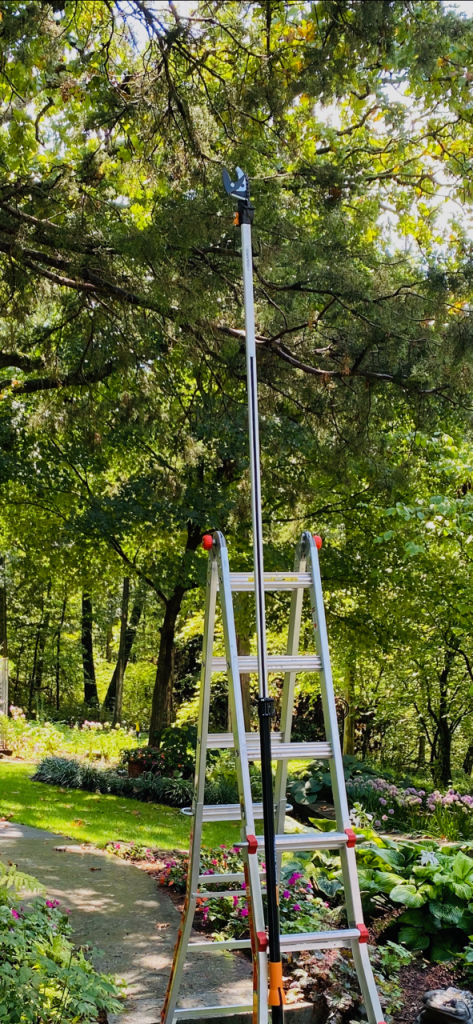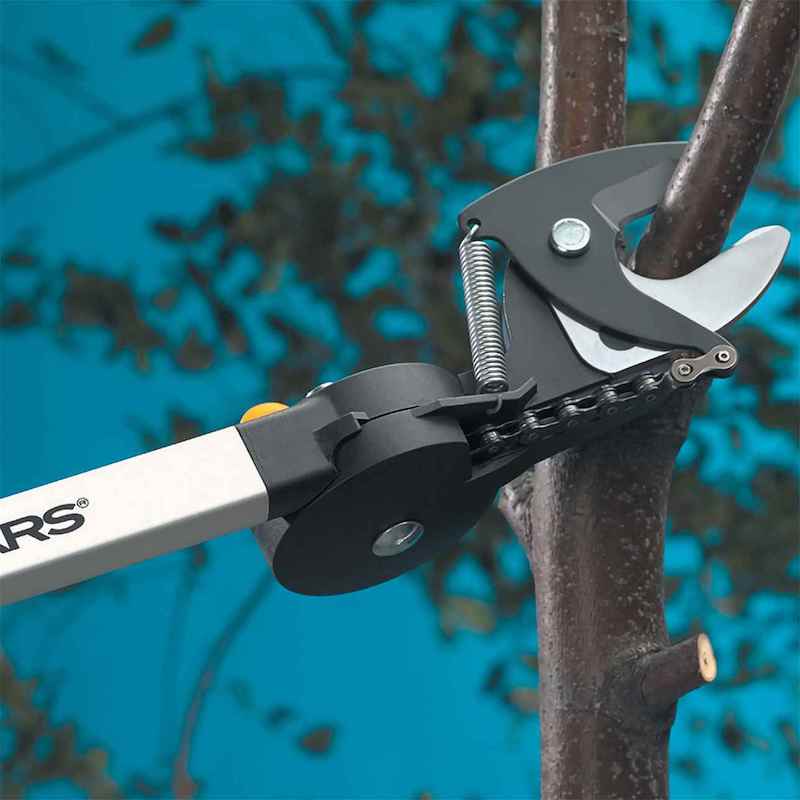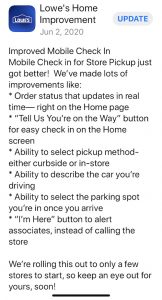The battery on my iPhone XS wasn’t holding a charge (I’ve had it a couple of years) so I popped for an iPhone 11 and it arrived yesterday. It feels strange to all them phones given all the other things we do with them. Mine is a camera first and somewhere near the bottom of the list is PHONE.
Barb has had one for a while and the photos she has taken are beautiful so I was eager to play with this feature. My friend George spoke glowingly of the photos he had gotten with the latest iPhone’s Night Mode. If I understand correctly, the phone takes three photos and magically combines them to come up with the best image. The photos below were just “point and shoot” on my part. I’ll probably never get around to researching and fulling understanding (or using) the many features of my new camera/phone.
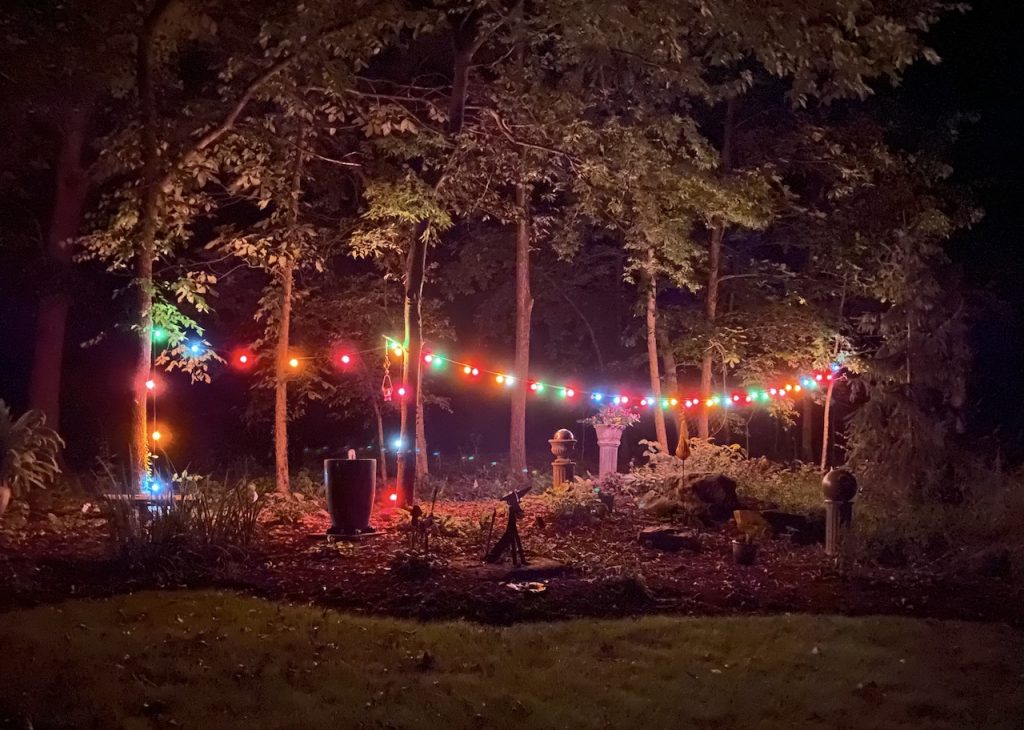

First photo above using this new feature, the second photo not.
I was in San Francisco attending MacWorld (first and last time) when Steve Jobs introduced the iPhone. I didn’t understand or appreciate what a big deal it would be. I didn’t get one that first year but broke down a year later. And have had one ever since.
Here are a couple of more photos from yesterday.
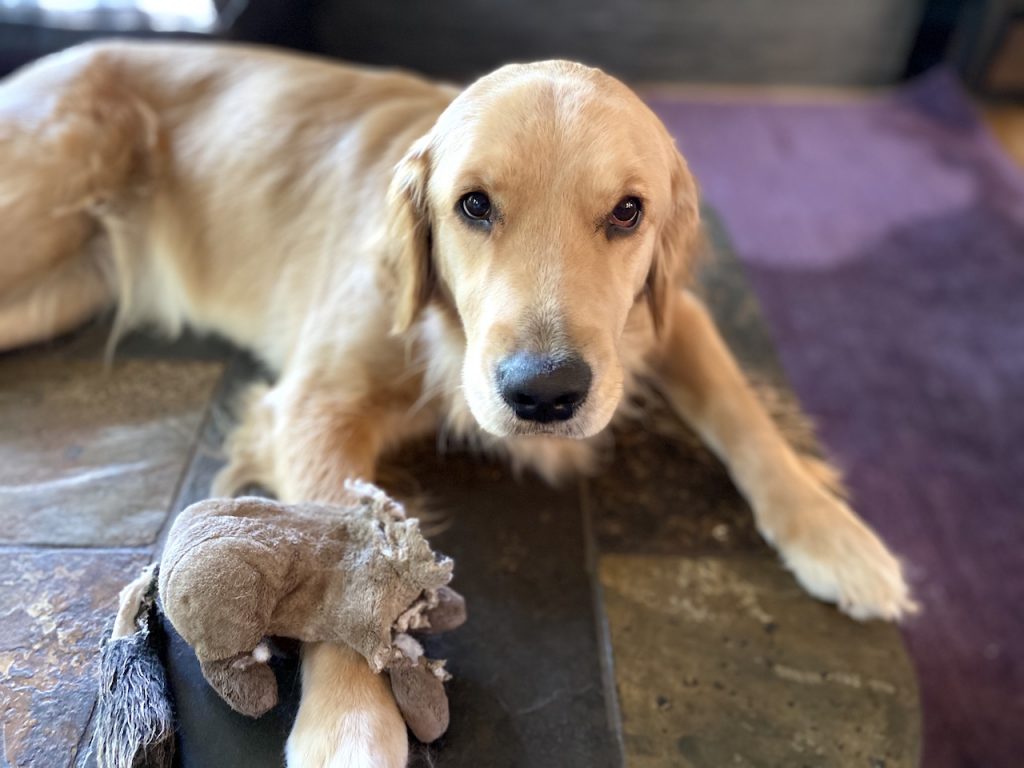

I keep telling myself the iPhone I have is good enough. More than good enough, and I don’t need the latest and greatest. But look at those photos!
